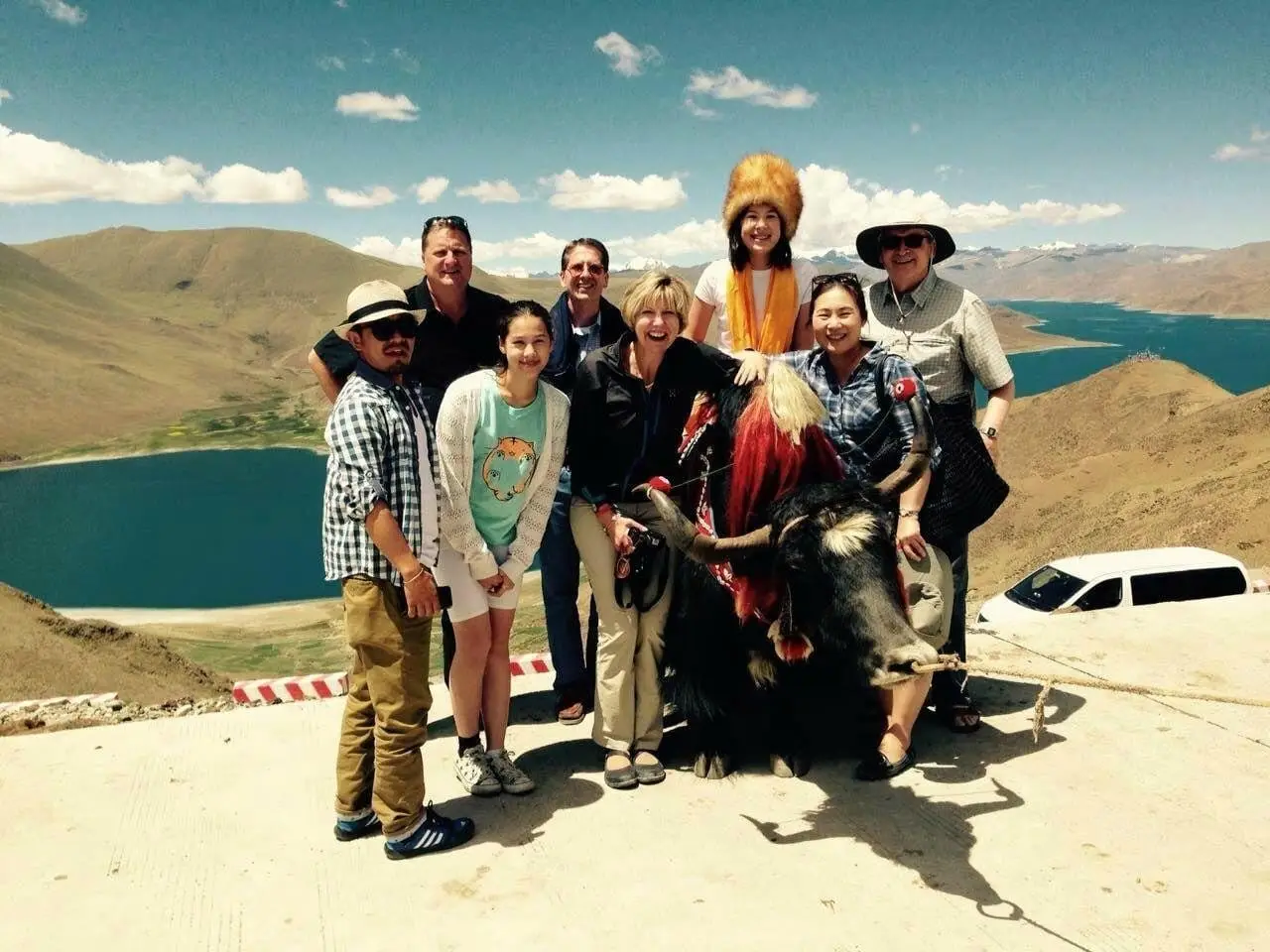Key Developments in Tibet Travel Policies
As of 2025, the travel policies concerning Tibet have undergone significant transformations, creating a more accessible environment for foreign visitors. One of the most notable developments is the opening of Tibet tours to all international travelers. Previously, travel to this captivating region had been restricted, but recent policy changes now allow a wider range of foreign nationals to explore the unique culture, stunning landscapes, and spiritual heritage that Tibet has to offer.
In addition to the expanded access for tourists, China has also broadened its visa-free entry policy for certain nationalities. This initiative allows citizens from various countries to enter parts of China, facilitating a smoother transition into Tibet for their travel experience. By enabling more visitors to enter the country without the necessity of a visa, China aims to promote not only Tibet as a travel destination but also enhance its overall tourism infrastructure. Such steps signify a commitment to welcoming travelers and engaging them with the region’s rich history and natural beauty.
Despite these advancements, travelers should remain aware of the continuing requirement for a Tibetan travel permit, which remains crucial for anyone wishing to visit Tibet. Fortunately, the process for obtaining this permit has become more streamlined, offering greater convenience for tourists. Travelers can now apply for permits through registered travel agencies, which can help to facilitate the process, thereby alleviating concerns regarding paperwork and regulations. This partnership between governmental authorities and travel agencies aims to enhance the overall travel experience while ensuring compliance with necessary regulations.
In light of these changes, Tibet’s travel landscape in 2025 presents new opportunities for exploration and cultural exchange, and tourists can look forward to a more seamless travel experience into this extraordinary region.
Innovations and Improvements in Travel Options
In recent years, travel to Tibet has undergone significant transformations aimed at making it more accessible and enjoyable for foreign visitors. One of the most notable innovations is the introduction of self-drive tours, allowing travelers an unprecedented level of freedom and flexibility. These self-drive packages enable tourists to explore the breathtaking landscapes and ancient cultural sites at their own pace, thereby enhancing the overall travel experience. By offering individualized itineraries, self-drive tours cater particularly well to adventurous souls eager to travel off the beaten path.
Moreover, the establishment of new direct international flights from Nepal and Singapore to Lhasa has considerably simplified travel logistics. In the past, accessing Tibet often necessitated multiple layovers and lengthy journeys. However, with these new routes, visitors can expect more straightforward travel arrangements and shorter overall travel times. Direct flights not only facilitate easier access but also reflect a growing commitment to international tourism in this unique region.
Improvement of road conditions throughout Tibet further adds to the appeal of traveling in the region. Investments in infrastructure have led to better highways and more reliable transportation options, granting travelers greater safety and comfort on their journeys. These enhanced roads ensure that visitors can fully appreciate Tibet’s stunning scenery while minimizing travel risks associated with rough terrain.
Additionally, the lifting of quarantine requirements and the absence of age restrictions for foreign tourists represent significant policy changes designed to boost tourism. Such measures make it easier for families and travelers of all ages to experience Tibet’s rich cultural heritage and natural beauty. Collectively, these innovations signal a promising future for tourism, fostering a more welcoming environment for all who seek to discover Tibet.
Understanding the Remaining Restrictions
Despite the anticipated easing of travel to Tibet in 2025, there remain several restrictions that potential visitors should keep in mind. One of the most significant mandates is the requirement to join pre-arranged, guided tours with licensed travel agencies. This policy is designed to ensure that foreign visitors are accompanied by knowledgeable guides who can navigate the local regulations and cultural nuances of the region. Travelers should note that such arrangements usually entail a comprehensive itinerary that includes accommodation, transportation, and the necessary permits.
Moreover, the possibility of periodic closures of the region should be considered when planning a trip to Tibet. These closures can occur for a variety of reasons, including political events or natural disruptions. Travelers are urged to stay informed about current conditions in Tibet and maintain flexibility in their travel plans. It is advisable to check with travel agencies for the latest updates on accessibility and potential reroutes in the travel itinerary.
Another essential factor that should not be overlooked is the altitude acclimatization required when visiting Tibet. The region is known for its high altitude, which poses health risks for unacclimatized visitors. It is recommended that travelers schedule ample time for gradual acclimatization upon their arrival to minimize the risk of altitude sickness. In addition to the necessary preparations, those interested in traveling to Tibet in 2025 should book tours and apply for permits well in advance. This proactive approach will help ensure a smoother and more enjoyable travel experience.
The 2025 Status of Tibet Travel
As we look ahead to 2025, the landscape of travel to Tibet for foreign visitors is set to undergo significant transformation, marked by enhanced accessibility and improved infrastructures. The mandatory nature of travel permits and guided tours remains a cornerstone of visiting this unique region, ensuring that visitors adhere to local regulations while fostering a controlled yet enriching experience. In any travel plans, obtaining the necessary permits will be essential, as they serve as gateways to explore the enchanting vistas and cultural wealth of Tibet.
Among the notable changes anticipated in 2025 are the introduction of new travel options catered specifically to foreign tourists. These options are not only designed to enhance the experience but also to promote deeper engagement with Tibetan culture. With more organized tours and specially curated travel itineraries, visitors will have the opportunity to experience various facets of Tibetan life, from its breathtaking landscapes to its rich spiritual heritage. The diverse range of activities available, including adventure trekking and cultural exchanges, will attract a broader audience beyond traditional pilgrimage tourists.
The infrastructure improvements on the ground, paired with these new policies, present exciting opportunities for international travelers. Enhanced transportation links and accommodation facilities are likely to streamline the travel experience, making it easier to traverse this remote region. Such developments suggest that the barriers which previously deterred potential visitors are being systematically dismantled, paving the way for an influx of new tourists eager to discover Tibet’s natural beauty and profound history.
In conclusion, the travel landscape to Tibet in 2025 signifies a pivotal shift, enhancing its allure for foreign visitors. With the essentials of travel permits in place, coupled with innovative options and infrastructure improvements, the region is set to become more accessible than ever before, inviting travelers to immerse themselves in its unparalleled offerings.

